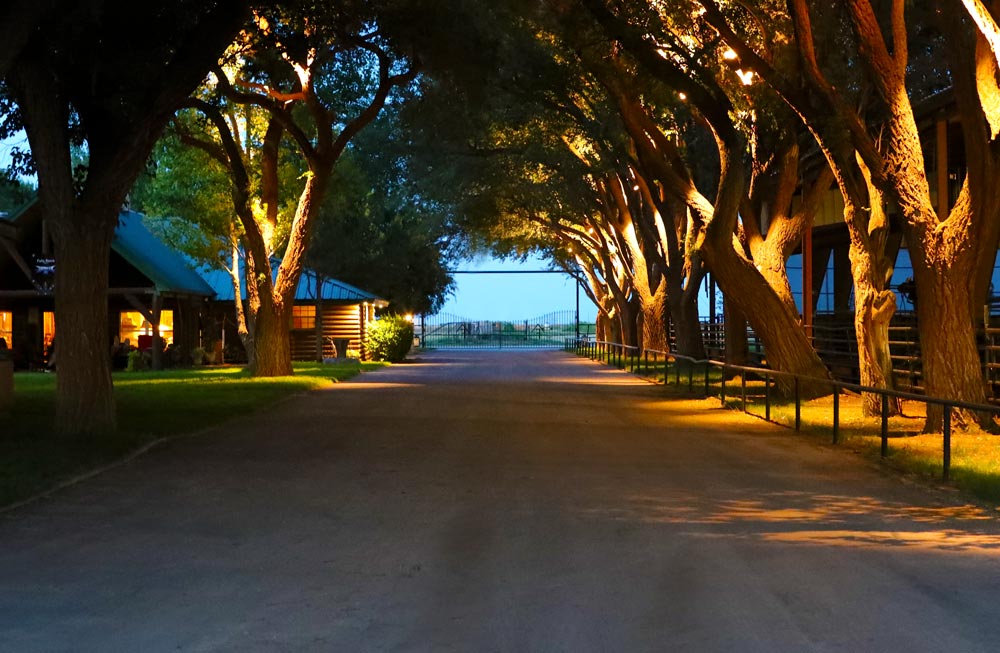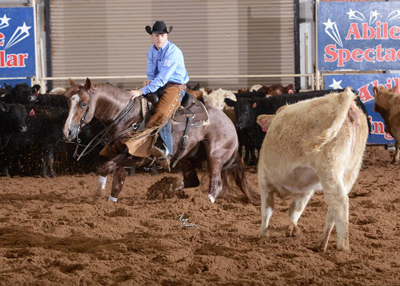Recent Posts
- Metallic Cat becomes National Reined Cow Horse Association’s first $5 Million Sire
- Metallic Cat Announces Lucrative Incentives for 2022 National Cutting Horse Association Open Futurity Finalists
- METALLIC CAT TOPS ALL-TIME LEADING NRCHA SIRE LIST
- Center Stage: Fiddle And Steel & Westfall Win Again at Will Rogers
- Erin Taormino & Hazardouz Material Win NRCHA Stallion Stakes
Archives
- April 2022
- December 2021
- September 2021
- April 2021
- March 2021
- December 2020
- October 2020
- September 2020
- August 2020
- July 2020
- September 2018
- July 2018
- June 2018
- May 2018
- April 2018
- February 2018
- December 2017
- November 2017
- October 2017
- September 2017
- May 2017
- April 2017
- March 2017
- February 2017
- January 2017
- December 2016
- November 2016
- October 2016
- August 2016
- June 2016
- May 2016
- April 2016
- March 2016
- February 2016
- December 2015
- November 2015
- October 2015
- July 2015
- June 2015
- May 2015
- April 2015
- February 2015
- January 2015
- December 2014
- November 2014
- October 2014
- August 2014
- June 2014
- May 2014
- February 2014
- December 2013
- September 2013
- August 2013
- October 2012
- September 2012
- July 2012
- February 2012

